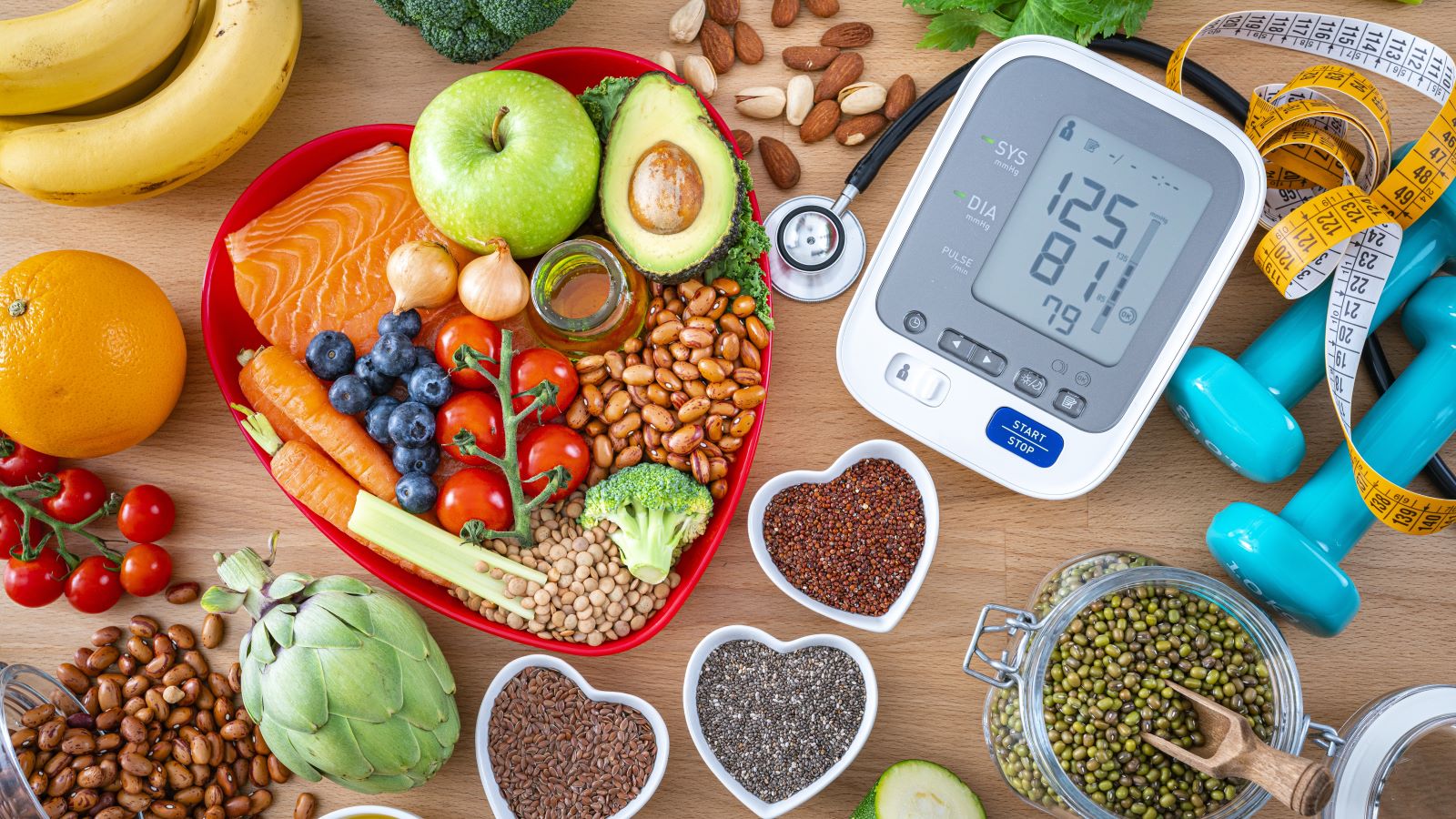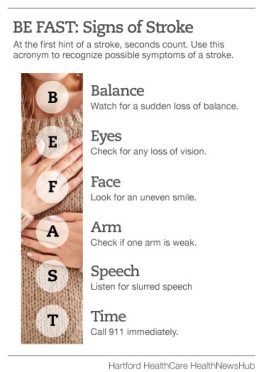<< Back
7 Ways to Reduce Your Stroke Risk

April 25, 2024
It may seem like they come out of nowhere, but strokes are brewing inside long before they arrive.
But luckily, that means there are steps you can take to reduce your risk of a stroke, says Ajay Tunguturi, MD, a stroke specialist with the Ayer Neuroscience Institute in Hartford.
“It’s clear from research that positive lifestyle changes and managing medical conditions effectively can substantially reduce overall stroke risk,” he notes.
Dr. Tunguturi offers seven things you can do to reduce your risk of a stroke.

1. Lower your blood pressure
High blood pressure causes damage to blood vessels, which in turn, raises your risk of stroke.
“High blood pressure is the single most important risk factor for stroke,” says Dr. Tungturi.
The good news is that reducing your blood pressure by just 5 points can lower your stroke risk by 13%.
Monitor blood pressure at home and work with your primary care provider on lifestyle changes like lowering sodium intake, exercising regularly and taking prescribed medications.
> Related: These 6 Foods Can Lower Your Blood Pressure Naturally
2. Keep diabetes in check
Like high blood pressure, uncontrolled diabetes also damages blood vessels because of high blood sugar levels, increasing your risk of stroke. It’s also associated with other common risk factors.
If you’re diabetic, work with your doctor to monitor your diabetes and treat it with a mix of diet, exercise and medication.
3. Lower your cholesterol
Cholesterol, over time, can start to collect in your arteries and become plaque. The plaque not only narrows your arteries, but can also rupture, causing blood clots to form.
A diet low in saturated and trans fats, regular exercise and taking prescribed medications are key.
4. Quit smoking
Smoking damages blood vessels and increases risk of blood clots. It’s also associated with other risk factors like high cholesterol, diabetes and obesity.
But quitting can make a big difference.
“According to the American Heart Association, risk of stroke drops to that of a nonsmoker within a few years of quitting,” Dr. Tunguturi says.
> Want more health news? Text StartHere to 85209 to sign up for text alerts
5. Minimize your alcohol consumption
Drinking in excess increases your chance of many chronic conditions, including high blood pressure, which in turn raises your risk of stroke. Heavy alcohol consumption also interferes with your ability to form blood clots.
Keep your daily alcohol intake to one drink a day for women, and two for men.
6. Get in shape
Carrying extra pounds, especially around your middle, increases your stroke risk.
Tackle this by adding regular physical activity – at least 150 minutes of moderate- or 75 minutes of vigorous-intensity exercise weekly plus two days of muscle-strengthening activities – and opting for a diet rich in fruits, vegetables, whole grains, lean protein and healthy fats.
7. Get a good night’s sleep
Skimping on sleep can raise levels of cortisol, which causes inflammation and raises the risk for high blood pressure and stroke.
If you have a sleep disorder, talk to your doctor about a sleep study or other treatments.
Your doctor can help manage your stroke risk
Managing these factors can help bypass a stroke, but Dr. Tunguturi recommends working with your doctor to monitor things like blood pressure and sugar levels.
“It’s important people work with healthcare professionals to develop personalized plans for stroke prevention based on their risk factors and medical history,” he says.
You can help by following treatment plans, taking medications as directed and attending regular check-ups.
Know the warning signs of a stroke
If you experience sudden numbness or weakness in the face, arm or leg, confusion, trouble speaking or understanding speech, trouble seeing or walking, dizziness, or loss of balance or coordination, call 911 for immediate medical attention.